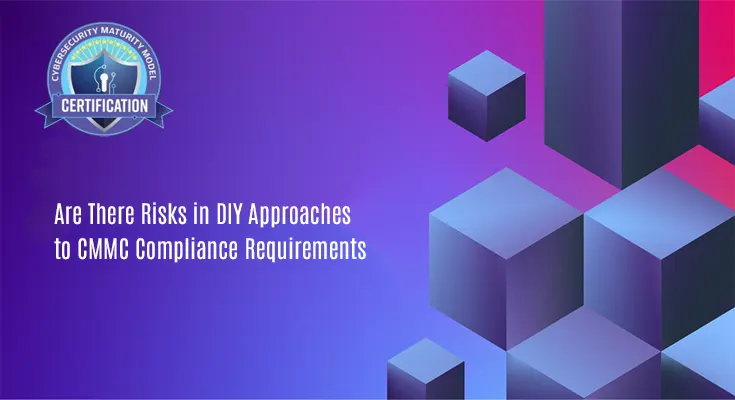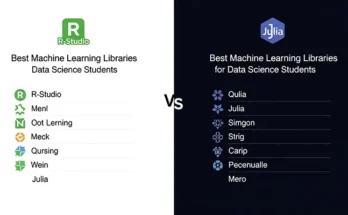Trying to tackle CMMC compliance requirements without professional help seems appealing, especially for companies looking to cut costs. However, what looks straightforward can quickly spiral into unexpected trouble. Here’s a fresh look at the less obvious risks behind attempting DIY compliance.
Misinterpretation of Controls Leads to Critical Vulnerabilities
Misreading or misunderstanding CMMC level 1 requirements can open the door to major security vulnerabilities. Simple language in the guidelines can mask the complexity of proper implementation. Companies often think they’re doing everything right until a security breach shows otherwise, leaving them scrambling to fix overlooked gaps.
Even minor mistakes interpreting the CMMC level 2 requirements can escalate into serious risks. Controls might seem straightforward, but their real-world application is trickier. Without expert guidance, it’s easy to assume a control has been met when, in fact, the organization remains exposed to threats, leading to embarrassing compliance failures and damaging vulnerabilities.
Documentation Errors Create Audit Exposure
Sloppy or incomplete documentation is a major pitfall for businesses trying to meet CMMC compliance requirements on their own. Assessors from a c3pao scrutinize every detail, and a tiny documentation error can turn into an audit nightmare. Companies underestimate the importance of precise paperwork until they’re faced with the uncomfortable reality of having their documents thoroughly reviewed.
CMMC assessments rely heavily on accurate documentation. When companies try DIY compliance, they risk producing paperwork riddled with errors, oversights, and incomplete explanations. Such inaccuracies quickly undermine their credibility, leading to tougher audits and potential non-compliance issues that could easily have been prevented with professional support.
Self-Assessed Gaps Often Miss Complex Security Issues
Companies that self-assess typically overlook complicated security issues hiding in plain sight. It’s tempting to identify only obvious problems, missing subtler vulnerabilities lurking deeper within networks. Experts conducting a proper CMMC assessment know exactly where and how to uncover these hidden issues, making self-assessments inherently risky.
A detailed look at security requires specialized tools and experience. Companies attempting self-assessment often lack the skills needed to detect complex threats that experts would immediately spot. Without professional validation, DIY approaches consistently underestimate risks, putting sensitive data at greater risk than companies realize.
Overlooked Boundary Scoping Can Compromise Compliance
Boundary scoping is critical for CMMC compliance, yet frequently misunderstood in DIY attempts. Companies may inadvertently define their system boundaries too broadly or narrowly, unknowingly compromising their security posture. Scoping errors quickly derail compliance efforts, leaving systems vulnerable and audit results in jeopardy.
Getting boundary scoping right is tougher than it looks. It demands a deep understanding of technical and operational aspects, something DIY teams rarely possess. Without expert input, incorrectly scoped boundaries easily become weak spots that auditors from a c3pao instantly identify, leading to serious compliance consequences.
Inefficient Resource Allocation from Inexperience with CMMC Framework
Inexperience handling CMMC compliance requirements can lead businesses to misallocate resources significantly. Companies might spend heavily on unnecessary technologies or waste valuable employee hours chasing misguided goals. Lack of strategic insight commonly drives organizations to waste time and resources on ineffective efforts, creating hidden costs that eventually pile up.
Resource allocation needs careful management, especially around complex frameworks like CMMC. Professionals specializing in compliance understand exactly where resources yield the best returns, guiding organizations away from costly missteps. DIY teams, lacking this strategic guidance, frequently end up overspending on areas offering minimal security improvements, compounding frustrations and inefficiencies.
Unaddressed Evidence Requirements Jeopardize Audit Outcomes
DIY attempts often miss critical evidentiary details needed for a successful CMMC assessment. Companies mistakenly believe verbal assurances or simple documentation suffice, neglecting to gather adequate proof demonstrating actual compliance. Assessors from a c3pao look specifically for solid evidence, and failing to provide it can abruptly end hopes for certification.
Evidence requirements extend far beyond paperwork; they include actual logs, reports, configurations, and operational snapshots demonstrating ongoing compliance. DIY approaches rarely capture this level of detail, leaving assessors questioning validity. Without clear evidence, even organizations convinced they’ve met compliance standards can find their audit derailed at the last moment, highlighting the dangers of self-reliance.
DIY Compliance Risks Escalate Long-term Remediation Costs
Initially, DIY compliance appears cheaper, but long-term remediation costs frequently overshadow early savings. Once auditors uncover serious gaps or overlooked requirements, remediation expenses rise dramatically. Fixing extensive security issues after an audit failure proves costlier and far more disruptive than proper upfront investment.
Remediation costs also extend beyond financial impacts, significantly affecting company operations and reputation. Clients lose trust, contracts risk cancellation, and internal operations face significant disruption. Ultimately, organizations that pursued DIY methods often regret the initial savings as remediation demands extensive, costly, and time-consuming corrections, proving the value of expert assistance from the start.





